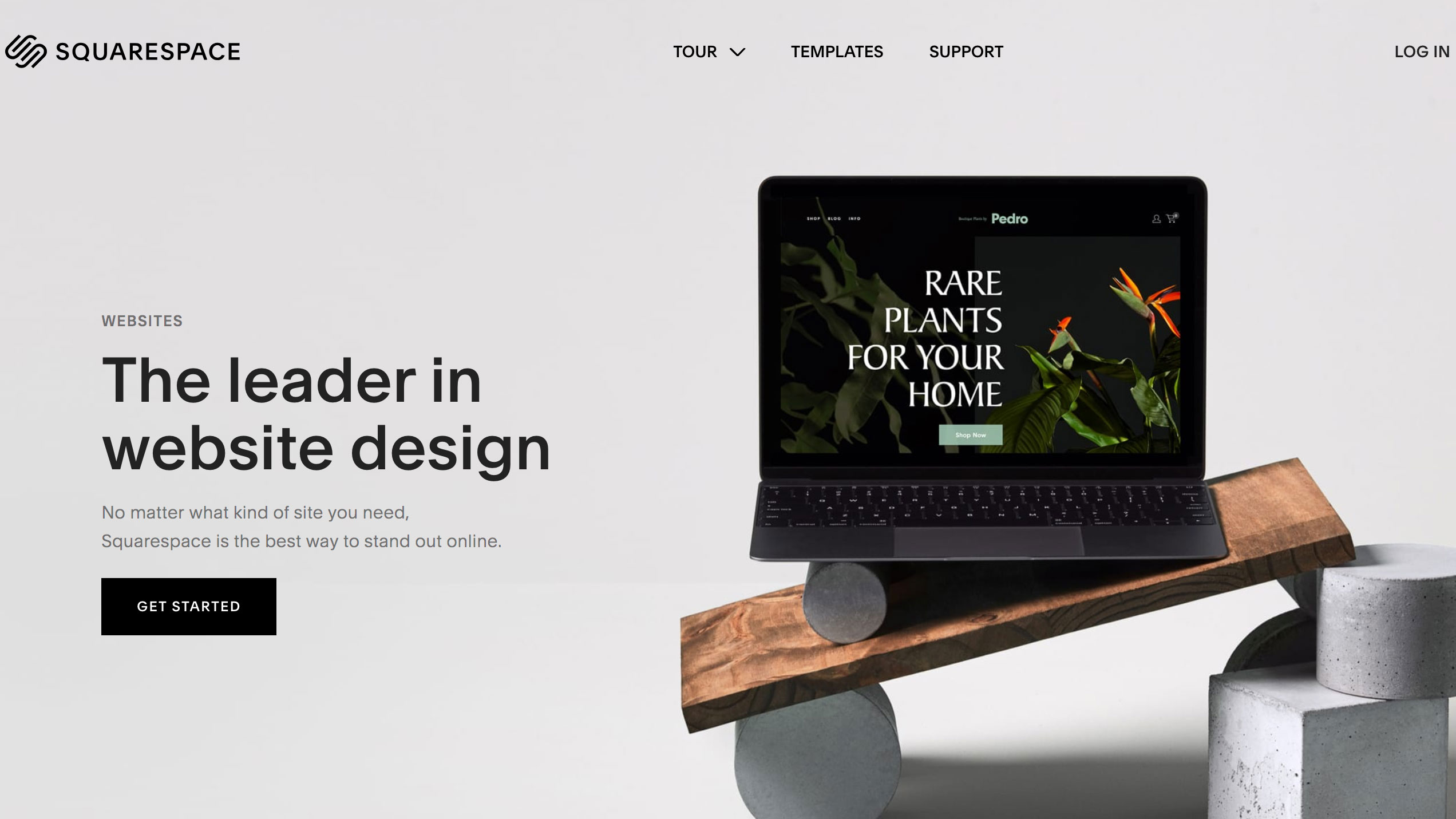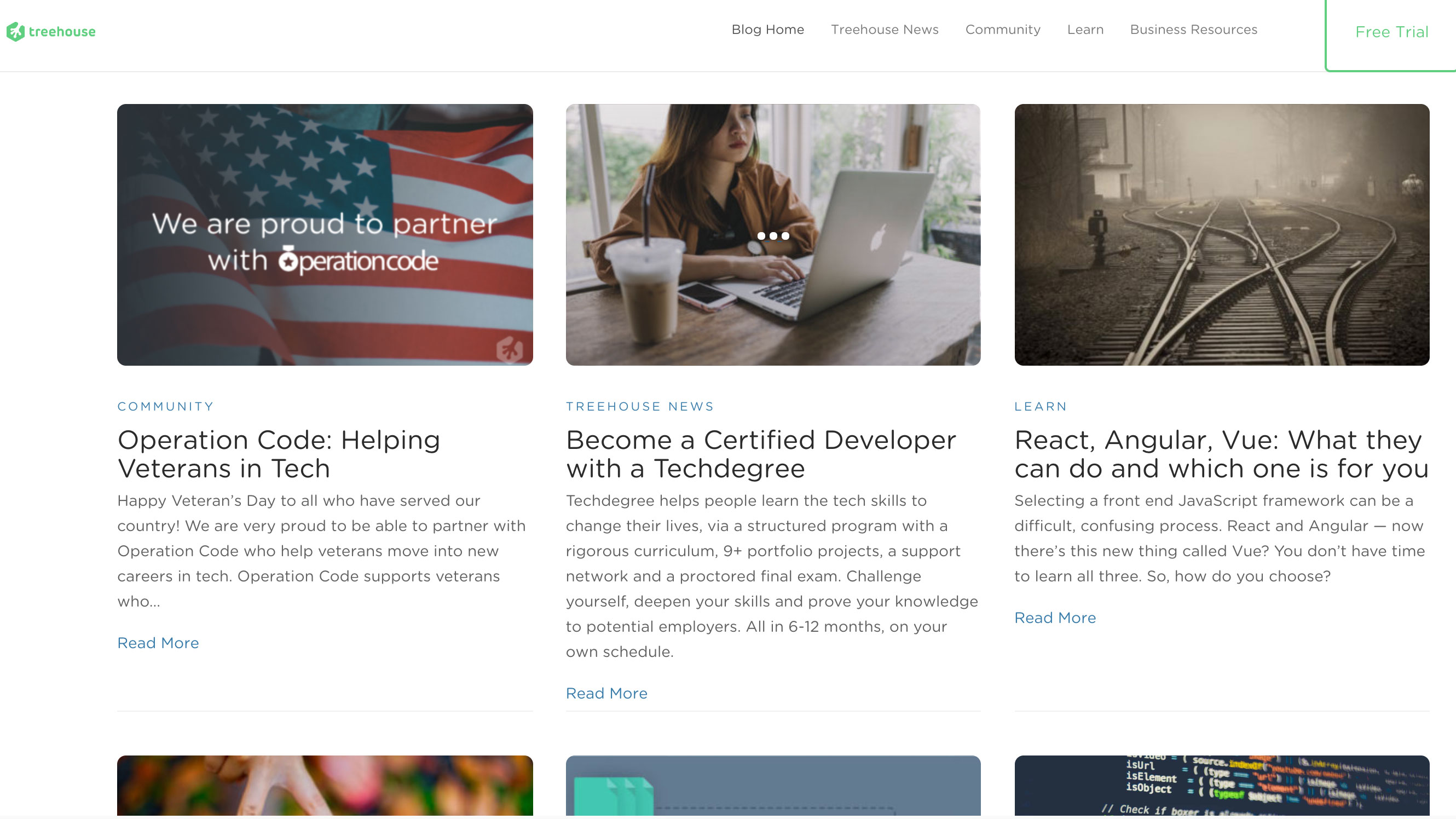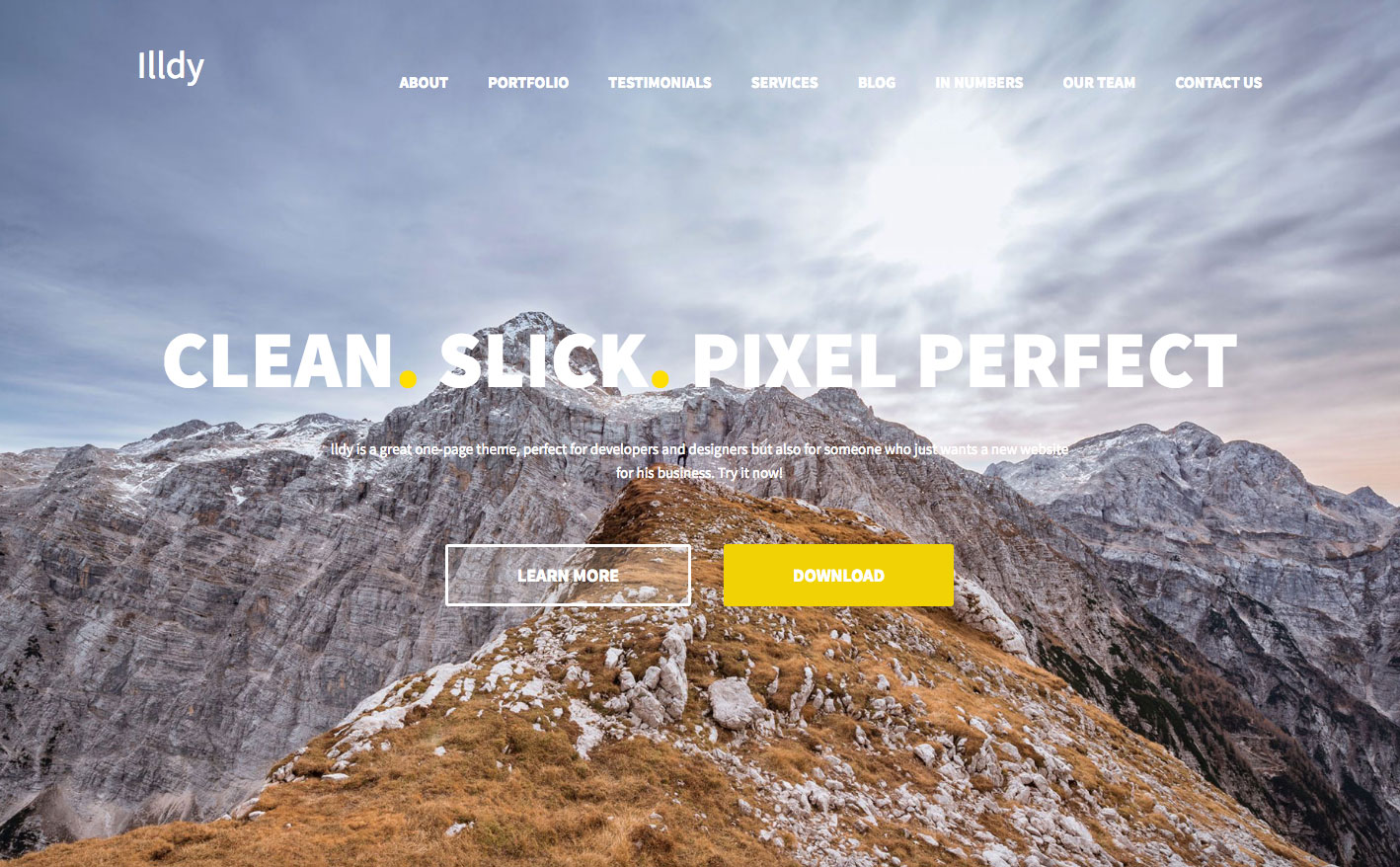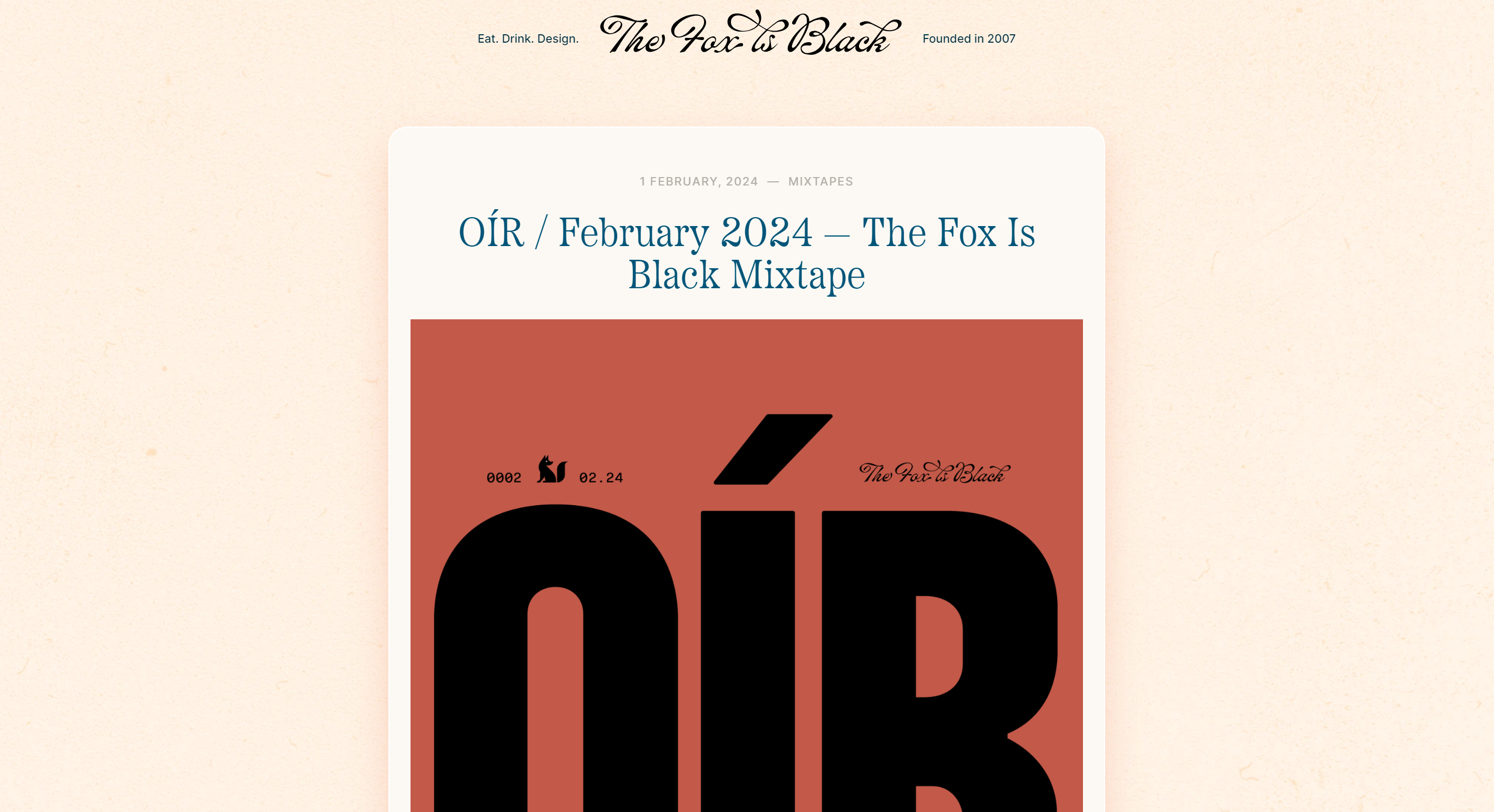
Learning how to start a blog can be worthwhile if you're looking to share your thoughts or promote your creative work online. Whether you want to share art tips, drum up interest in your portfolio or offer opinions in more depth that what's possible on social media, a blog can be a great way to do it.
But before you rush into anything, remember that the web is a crowded place. Taking some time to consider the best way to start a blog for you can increase your chances of standing out, whether you plan to create your own website or use one of the best free blog websites. Ready to get going? Here are our tips on how to start a blog and make it succeed.
1. Choose a blogging platform

There are several blogging platforms out there. You could use one of the best free blog websites. You could also build a whole site of your own using one of the best website builders for artists.
Which platform you choose will very much depend on what you're most comfortable using, how involved you want to be with the creation process, and what you plan to put on it. If you build your own site, you'll also need hosting but many website builders and the best web hosting services for freelancers offer trials or introductory periods with steep discounts to help you get started.
2. Choose a domain name
Most blogging platforms, particularly free blogging platforms, will set you up on a subdomain by default, but if you want to look more professional, you'll need to register a domain name, which usually has an annual cost. The cost can vary depending on whether someone is already sitting on the URL or not.
Your URL might be your name or brand name. Ideally, it should be something short, memorable and easy to spell out loud, which should make it easier for people to find. Take care when it comes to the top level domain. There are all manner of TLDs available these days such as .blog or .agency, but there's a lot to be said for the classics; if you can get the domain you want with a good old-fashioned .com, then go for it.
3. Define your blog's content
One of the first steps in learning how to start a blog is to define very clearly why you want a blog for in the first place? Blogging for the sake of blogging is fine if that's what you want to do, but this approach can limit a blog's success. You'll also be more likely to get bored at some point, which will result in your carefully crafted site becoming home to nothing but tumbleweed.
We recommend grabbing a notepad and pen (check out our post on the best notebooks for designers). Decide who you want your blog to reach and what the goal is. You might want to reach potential clients by presenting case studies, or you might want to become more known in your sector by sharing recommendations and tips.

If the purpose of your blog is to get conversions – whether that's sales, signups, or enquires – then everything else comes second. This means you should create a design blog that is designed with three things in mind:
- Topic: What is your blog about?
- Value proposition: What makes it unique?
- Audience: Who is your main target audience?
Once you've decided this, hot down ideas for the types of blog posts you'd like to publish so you always have a reference point you can come back to if the ideas seem to have dried up. Only then should you get to work on starting a blog.
4. Designing your blog

When creating a design blog, it can be tempting to go a little wild. After all, you want your blog to stand out and for people to remember you. How harmful can a rainbow of colours and a plethora of fonts be? The answer is: Very.
Much like a great design portfolio, a good blog must be attractive, creative and clever, and it needs to speak to its audience. It needs to tell them why you're different, what you're offering,
Keep your blog design simple. Stick to no more than three colours, and three fonts. With fonts; you need a heading, subheading and body copy font. Your main text font can then be enhanced by different weights or attributes, but keep these to a minimum. For more on fonts, see our posts on free fonts and font pairings.

Keep to a simple colour scheme. Contrasting colours can work well in the right design. It's a good rule of thumb that your blog features a main primary colour, a shade of grey, and a colour for your call-to-action.

When finding inspiration before you create a design blog, don't be afraid of white space – it can really enhance your design and keep it looking professional. And don't worry about leaving some parts of the design empty where it warrants it. You should also use white space as borders to help highlight key parts of the blog. Remember, sometimes less really is more.
And keep your design goal-driven. To get conversions, you need to make a blog with a strong call-to-action in its design, be that headlines, prominent buttons, or even arrows. A goal-driven design will help your blog convert, and keep visitors coming back.
It can be easy to forget about the important features of a blog when getting creative with the design. Whatever your blog ends up looking like, make sure you keep the main conventions of a blog in place.
These include:
- Sidebars
- Headers
- Subscription options
- Author attribution
- Search bars
These all make your design blog easy to navigate, which is a highly important feature. Keeping these elements in place will make your content easy to find, and keep your visitors on the blog for longer. Together, all this adds up to a goal-driven design.
5. Experimenting with your blog

Although for the most part it's important to follow conventions in blog design, that doesn't mean you shouldn't break the rules from time to time. Try a few new elements, and experiment with colours, fonts, and placement. By mixing things up, you create a visually exciting experience for your audience. Just make sure that your readers can always find your posts, and exactly what they're looking for.
Remember that responsive web design is a prerequisite for any respectable design blog, so text the design of your blog on both desktop and mobile and make tweaks accordingly. Many free blogging platforms and web builders offer responsive designs and allow you to modify the design for mobile.
Promoting your blog

There is no point in knowing how to start a blog without learning how to promote it too. There's so much content online, that it's very unlikely that people will find it by accident. This is where social media comes into its own. Create dedicated Facebook, Instragram, Linked and Twitter accounts for your blog, our use existing accounts to shout about it. If you have a lot of images in your blog, you could even consider Pinterest too.
Most modern blogging platforms such as Squarespace provide integration for everything from Twitter and Instagram to Tumblr and Dribbble, so you can spread the message quickly and effectively. There are also dedicated platforms such as Hootsuite, Buffer and Sprout Social, if you want to manage everything outside your blog. For more advice here, see our pick of the best social media platforms for artists and designers and our social media tips for illustrators, graphic designers and creatives.
Another key component to getting a website out their is search engine optimization (SEO). There are several things you can do to increase the chance that your site will figure prominently among search results on platforms like Google and Bing. A clear stucture with metadata, page titles and headers is one of the most important elements. Include keywords where relevant. You can also add alt text to images, which also improves accessibility, and make sure images are not so big that they slow down loading time. Many website builders have SEO tools to help you.
Finally, one of the most important parts of blogging is sticking with it. The best blogs are the ones that are updated regularly. It can be disappointing for readers to realise they've come to the end of your content and that the last time you updated the blog was a decade ago. Try to update on a fairly consistent basis, for example once a week or every other week.







